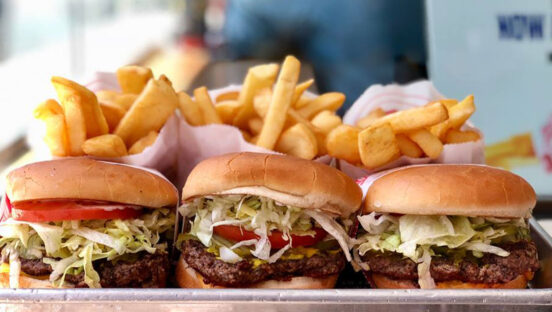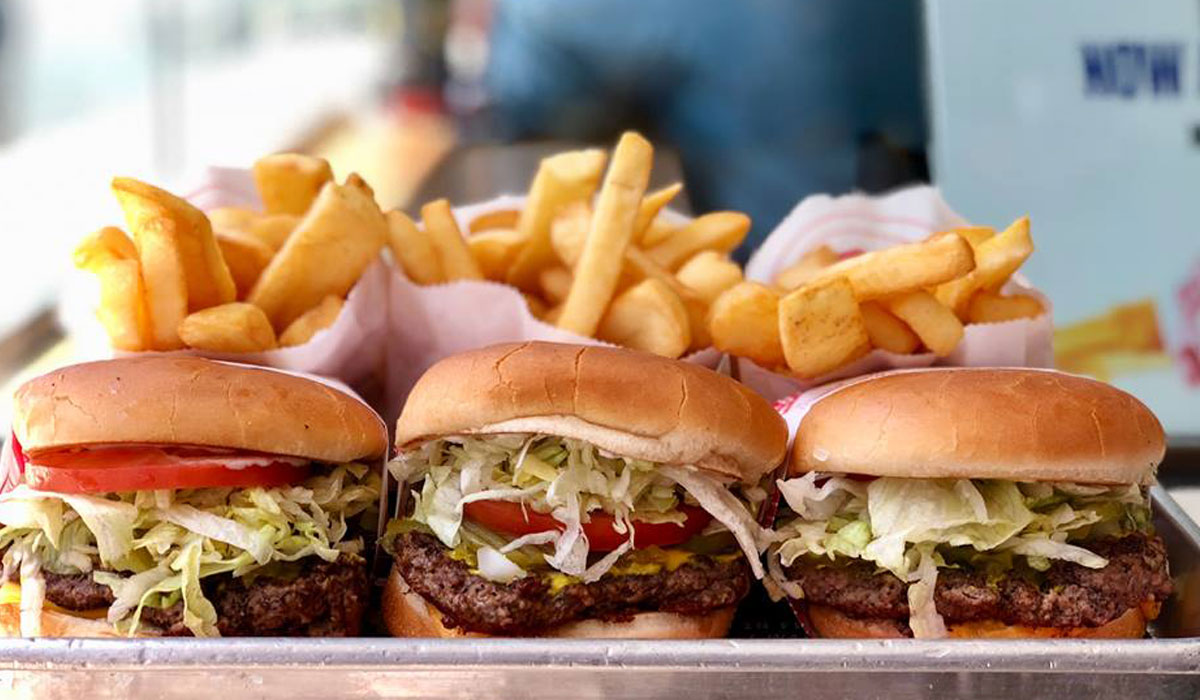After evaluating pandemic performance throughout the strangest year on record for restaurants, 2021 has turned into the “Year of Acquisitions.” According to a Duff & Phelps report, Q2 2021 was the strongest period since 2015 in terms of the number of deals for the food and beverage space.
In November, FAT Brands announced its intention to buy 23-unit Native Grill & Wings for $20 million. The chain, based in Chandler, Arizona, will become FAT Brands’ 17th brand, and soon join Round Table Pizza, Fatburger, Marble Slab Creamery, Johnny Rockets, Twin Peaks, Great American Cookies, Hot Dog on a Stick, Buffalo’s Cafe, Buffalo’s Express, Hurricane Grill & Wings, Pretzelmaker, Elevation Burger, Yalla Mediterranean, Ponderosa and Bonanza Steakhouses, and Fazoli’s (transaction hasn’t closed yet).
Less than a week after FAT Brands’ late June purchase of Global Franchise Group, Yum! Brands franchisee Ampex Brands bought 171-unit bakery-café concept Au Bon Pain from Panera Bread.
When these acquisitions hit the wire, investors and advisers were not exactly surprised. These deals merely continued a trend 10 Point Capital Vice President Morven Groves witnessed within other industries, notably hotels, for years. Restaurant companies, at this stage, appear to be consolidating to form a platform of brands.
At the beginning of COVID-19, Groves said no one knew what was happening, and the future of restaurants was as uncertain as any retail projection. Remember when officials thought the pandemic would clear by Easter? Now, restaurants have had time to establish their own track records in how they’ve fared throughout. From an investment perspective, buyers can evaluate a restaurant’s rebound, even if sales plummeted initially, and how owners navigated the ebbs and flows.
“It’s just a combination of the buyers having had the opportunity to see the true prospects for brands and to develop their hypothesis and where they can add value,” Groves says. “At the same time, for some of the seller brands, they might be looking at what they didn’t have during COVID. So maybe they liked the balance sheet strength or expertise in the areas that they think are required for future success. So as they look at their options, it may make more sense to be acquired than to try and go forward alone.”
With so many consumers demanding convenient and off-premises options, the power of diversification in a restaurant’s portfolio revealed itself to be a strength. And because the pandemic hit independent restaurants especially hard, chains had more room to grow.
“Management teams have renewed enthusiasm about their core brands that maybe pre-pandemic seemed like mature brands with very little growth potential left,” says Mike Poole, a Wells Fargo managing director in restaurant finance. “That has now changed. Given the amount of independent restaurants that have closed, a lot of these larger chain brands have new unit growth potential.”
Late-stage brands, even when they are declining, produce certain strengths as well, namely customer loyalty that has built throughout the years.
“These distressed, declining, dying brands, however you want to describe them, can really operate and last for decades before they’re truly dead or gone because consumers can be very loyal to late-stage brands,” Poole says.
Still, investing in a concept presents numerous challenges, especially if that brand franchises, Groves says.
“You both have to get the existing franchisees on board with whatever you think is required to invigorate that brand and then presumably, you’re looking to grow the brand, which means attracting new franchisees,” Groves says. “They have a plethora of options, and so attracting them to a brand that perhaps has struggled is hard to sell.”
Brands firmly situated in a growth segment, like a better-for-you chicken concept, often have an easier time winning over new franchisees. Yet there are still benefits in taking on turnaround projects with runway to chase.
“Some of these struggling brands are being picked up at relatively low valuations, and perhaps there’s some opportunity to optimize on the real estate or to consolidate overhead with existing brands and take some costs out that way,” Groves says. “There may be an investment case there.”
It’s likely multi-concept operators will continue to acquire brands, hoping to broaden reach as the industry welcomes a rush of digital business. Groves believes loyalty will become an increasingly important and sophisticated feature of a larger platform.
“Reinvigorating a struggling brand is a different beast,” Groves says. “It is thinking about where you can perhaps reduce overhead. It’s perhaps thinking about your footprint differently. It may be working within your franchisee base to see some no longer make sense.”
In the case of Ampex, taking the reins of Au Bon Pain might be a compelling move since, as Poole says, some of the best operators are franchisees.
“It’s not without risk, but it actually makes perfect sense in the right situation,” Poole says. “Some of the best operators that we have in our portfolio are franchisees. They are incredibly optimistic by nature, and they are determined to succeed so their focus on operations is intense. And that in large part is what a lot of these distressed brands need.”
Restaurant deals where a larger portfolio absorbs the opportunities and risks of an older, weakening brand are just one fork of the winding journey COVID took the restaurant industry on. The sector transformed in a myriad of other ways, most obviously deepening a consumer demand for convenience.
“It used to be that online ordering and apps and so on were fairly common, but plenty of brands survived just as well without them,” Groves says. “I think as we look forward, we’re going to expect convenience: ‘however I want to order, I should be able to do that.’ ‘However, I want to get my order, I should be able to do that.’”
Technology will be at the forefront of growth and pending acquisitions. Online ordering now comprises more than 30 percent of many restaurants’ sales.
“Technology investment can be expensive, and so that’s certainly something that as you see these platform brands, they do have the resources to invest in the technology,” Groves says.
Efficiency is another area restaurants find themselves in a race to improve as they meet continued market transformation. Shrinking a restaurant’s footprint in its drive-thru and store prototypes is no easy feat, but it’s an undertaking Groves foresees from more and more restaurants.
In addition, off-premises business is undergoing a revitalization where a positive experience has become table-stakes.
“I think now people are starting to think about how do I make the to go business perhaps more of an extension or reinforcement of the in-restaurant experience versus just being a revenue stream of necessity,” Groves says.








